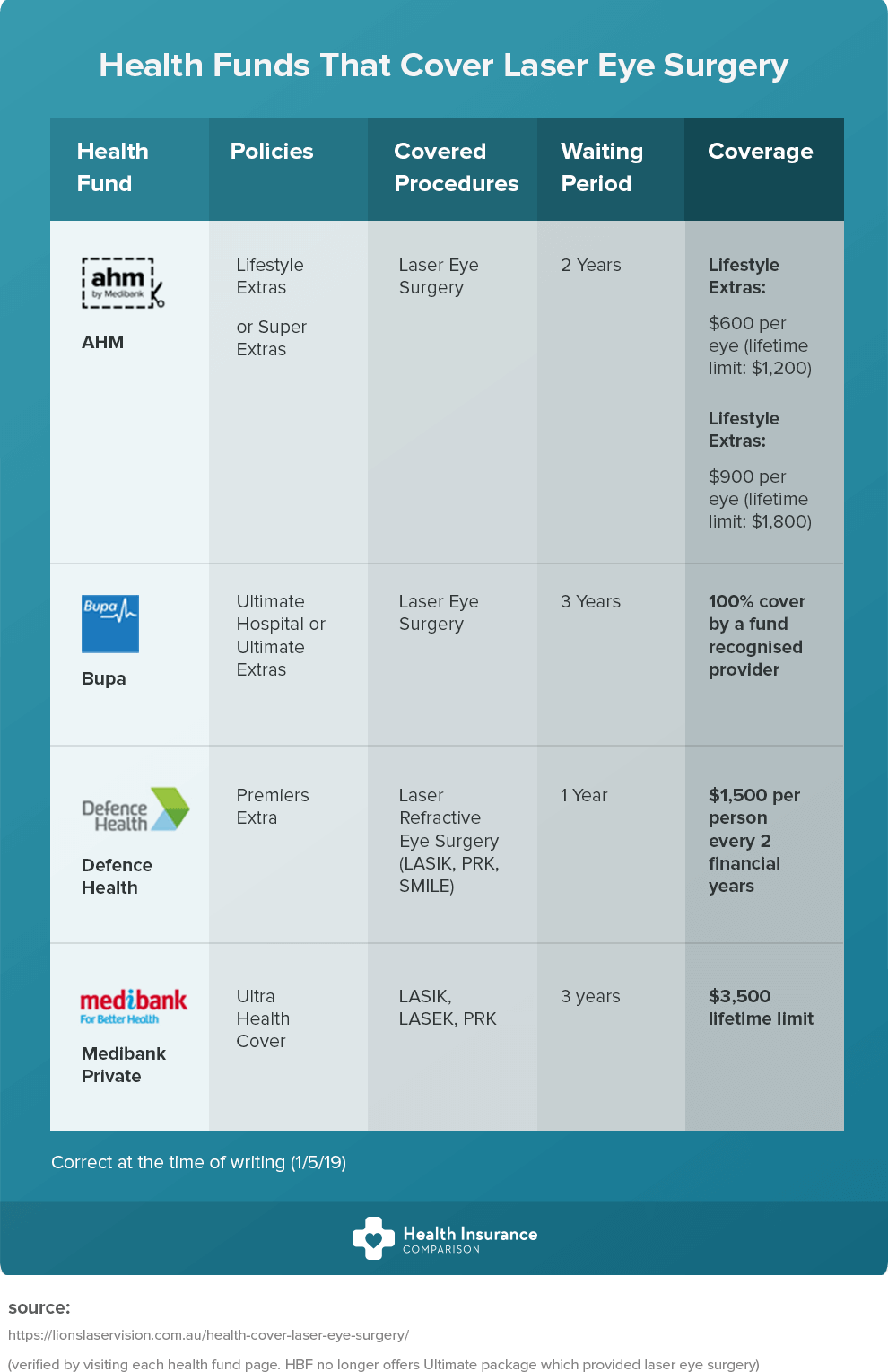Exactly How Does SMILE Eye Surgical Treatment Compare To LASIK And PRK?
Exactly How Does SMILE Eye Surgical Treatment Compare To LASIK And PRK?
Blog Article
Material Created By-Humphries Vincent
If you've been thinking about SMILE eye surgery, you could question how it stacks up against LASIK and PRK. Each treatment has its very own set of advantages and considerations. From quicker healing times to possible threats, there are vital distinctions you must understand before making a decision. Recognizing these differences will certainly aid you make an educated choice that straightens with your specific requirements and assumptions. Curious to know even more about exactly how these procedures compare in detail? Keep exploring to gain a detailed understanding of SMILE, LASIK, and PRK.
SMILE Eye Surgery Overview
If you're thinking about SMILE eye surgical procedure, you'll discover it to be a minimally intrusive procedure with a quick recuperation time. Throughout SMILE (Little Incision Lenticule Removal), a laser is utilized to develop a tiny, precise laceration in the cornea to eliminate a tiny piece of cells, improving it to correct your vision. This varies from LASIK, where a flap is created, and PRK, where the outer layer of the cornea is entirely gotten rid of.
One of the crucial benefits of SMILE is its minimally intrusive nature, causing a faster recovery process and much less discomfort post-surgery. The recovery time for SMILE is fairly fast, with lots of individuals experiencing improved vision within a day or more. This makes it a preferred selection for those seeking a convenient and reliable vision modification procedure. In addition, SMILE has been revealed to have a lower threat of completely dry eye syndrome contrasted to LASIK, making it a beneficial alternative for individuals worried concerning this prospective negative effects.
Differences Between SMILE, LASIK, and PRK
When contrasting SMILE, LASIK, and PRK eye surgical treatments, it is essential to understand the unique techniques made use of in each treatment for vision modification.
SMILE (Small Incision Lenticule Extraction) is a minimally invasive procedure that includes creating a small incision to extract a lenticule from the cornea, reshaping it to deal with vision.
LASIK (Laser-Assisted Sitting Keratomileusis) involves producing a slim flap on the cornea, using a laser to improve the underlying cells, and then rearranging the flap.
PRK (Photorefractive Keratectomy) eliminates the outer layer of the cornea before reshaping the cells with a laser.
how cataract surgery performed lies in the method the cornea is accessed and treated. SMILE is flapless, making it an excellent alternative for people with slim corneas or those involved in get in touch with sporting activities. LASIK offers rapid aesthetic healing because of the flap development, but it may position a greater threat of flap-related issues. PRK, although having a much longer healing period, stays clear of flap-related problems completely.
Recognizing these differences is important in picking the most ideal treatment for your vision improvement needs.
Pros and Cons Contrast
To review the benefits and drawbacks of SMILE, LASIK, and PRK eye surgical procedures, it's essential to consider the specific benefits and prospective limitations of each procedure. SMILE surgical procedure offers the advantage of a minimally intrusive treatment, with a smaller laceration and possibly quicker recuperation time compared to LASIK and PRK. It also decreases the danger of completely dry eye post-surgery, a common adverse effects of LASIK. However, SMILE may have limitations in dealing with higher levels of myopia or astigmatism contrasted to LASIK.
LASIK surgical procedure gives fast visual healing and marginal discomfort throughout the treatment. It's very reliable in treating a vast array of refractive errors, including nearsightedness, hyperopia, and astigmatism. Yet, Average Cost For LASIK carries a threat of flap issues, which can impact the corneal structure.
PRK eye surgical treatment, while not as prominent as LASIK, avoids developing a corneal flap, lowering the risk of flap-related problems. It's suitable for patients with slim corneas or uneven corneal surface areas. Nonetheless, PRK has a much longer healing time and may entail much more pain throughout the recovery process.
Final thought
So, when it concerns choosing between SMILE, LASIK, and PRK, consider it like selecting the perfect set of footwear. SMILE is like a smooth, comfortable set of tennis shoes - fast and easy.
LASIK is a lot more like stylish high heels - showy and fast, however with some possible dangers.
PRK resembles tough treking boots - dependable and durable, yet requiring a little bit more effort and time.
Ultimately, cataract eye drops before surgery relies on your specific needs and preferences.
